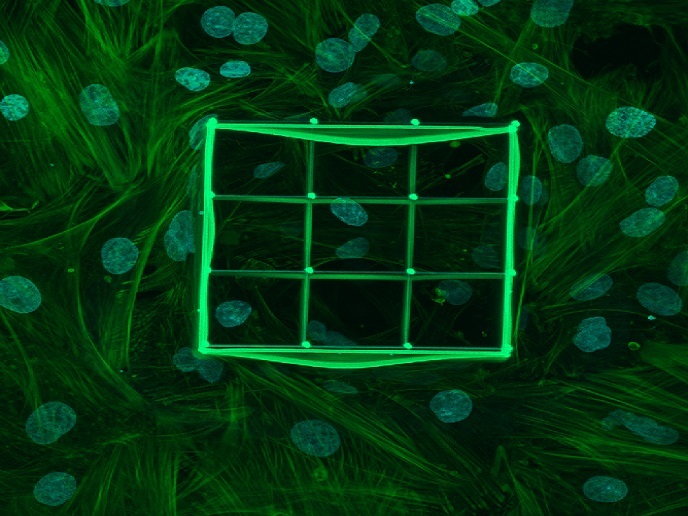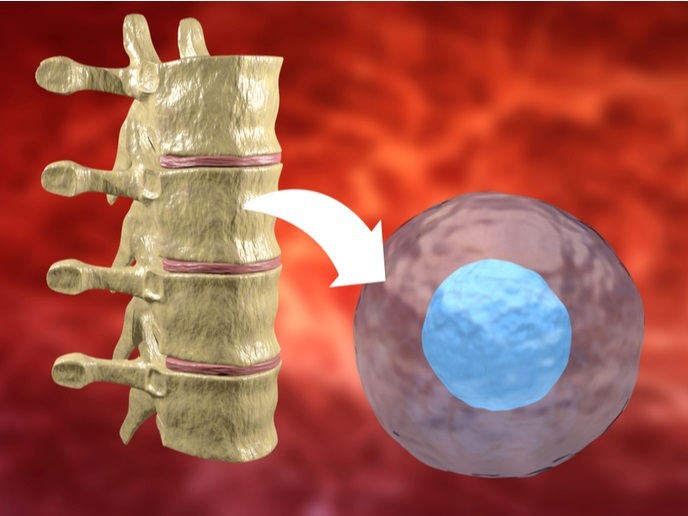Endothelial cell therapy
Congenital vascular malformations (CVM) are defects in vascular morphogenesis localised mainly on the face and visible body parts. CVMs can be painful, life-endangering and at the very least disfiguring, causing emotional and social issues. Currently, there is no therapy and the cellular origin of the disease has not been delineated. To address this, scientists on the EU-funded CVM THERAPY (Angiogenesis research to improve therapies for vascular malformations) project set out to isolate and characterise endothelial cells, the major cellular component of CVMs. The working hypothesis was that reprogramming the endothelial cells lining the vasculature of the lesion to a mesenchymal phenotype could obstruct these vessels, resulting in significant improvement. For this purpose, they collected tissue from over 30 patients with CVMs including lymphatic malformations, lymphangiomatosis, arterial-venous malformations, angiokeratoma and venous malformations. Following isolation of the pathogenic endothelial cells, they performed high-throughput genome sequencing to identify the molecular cause of CVMs. Results indicated that mutations arising during embryonic development led to abnormal lymphatic endothelial cells. Compared to their normal counterparts, these cells exhibited higher proliferation, increased survival, defective migration towards VEGF and decreased capacity to form proper vessels. A similar phenotype of impaired lymphatic system formation was seen in a zebrafish model of CVM. The findings of the study suggested that blocking the mTOR and MEK pathways could be used for treating vascular malformations. Collectively, CVM THERAPY research outcomes have wide implications for the vascular biology field not only from a fundamental point of view but in terms of therapy as well.







